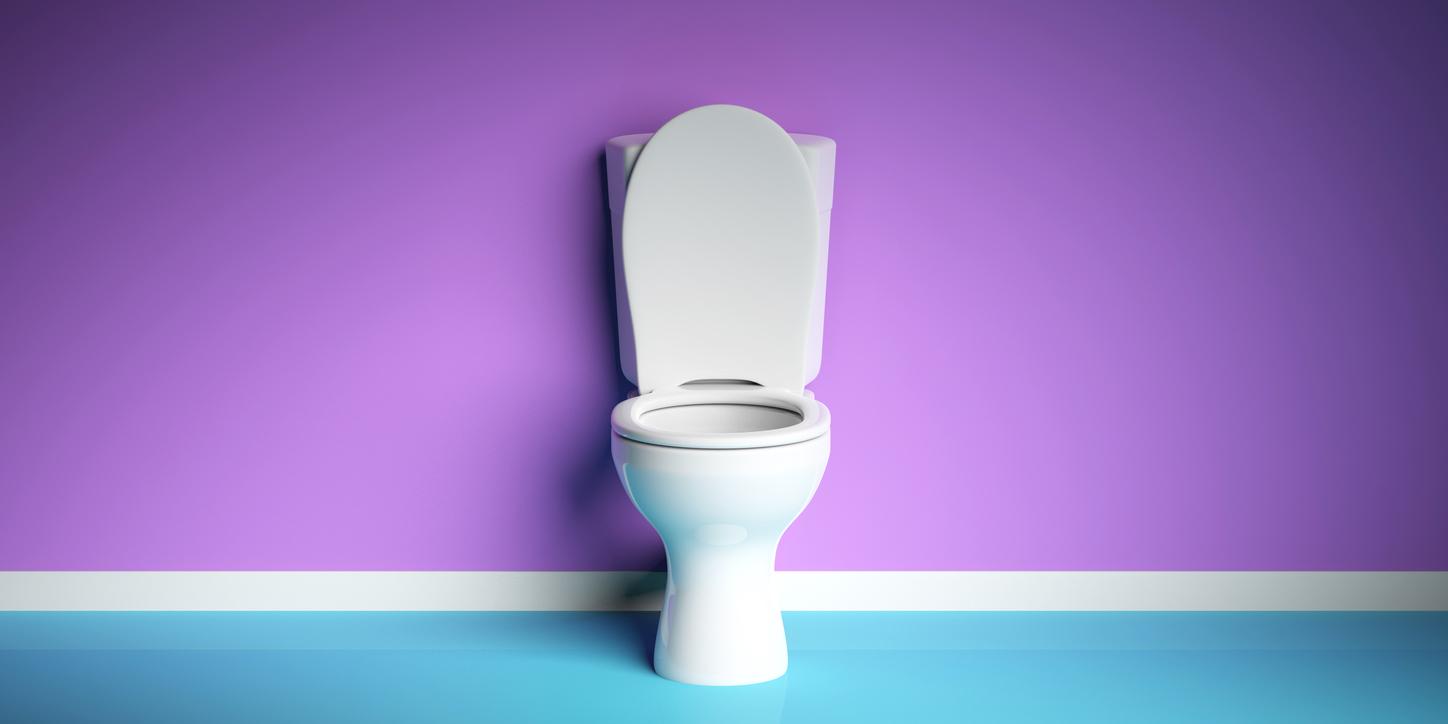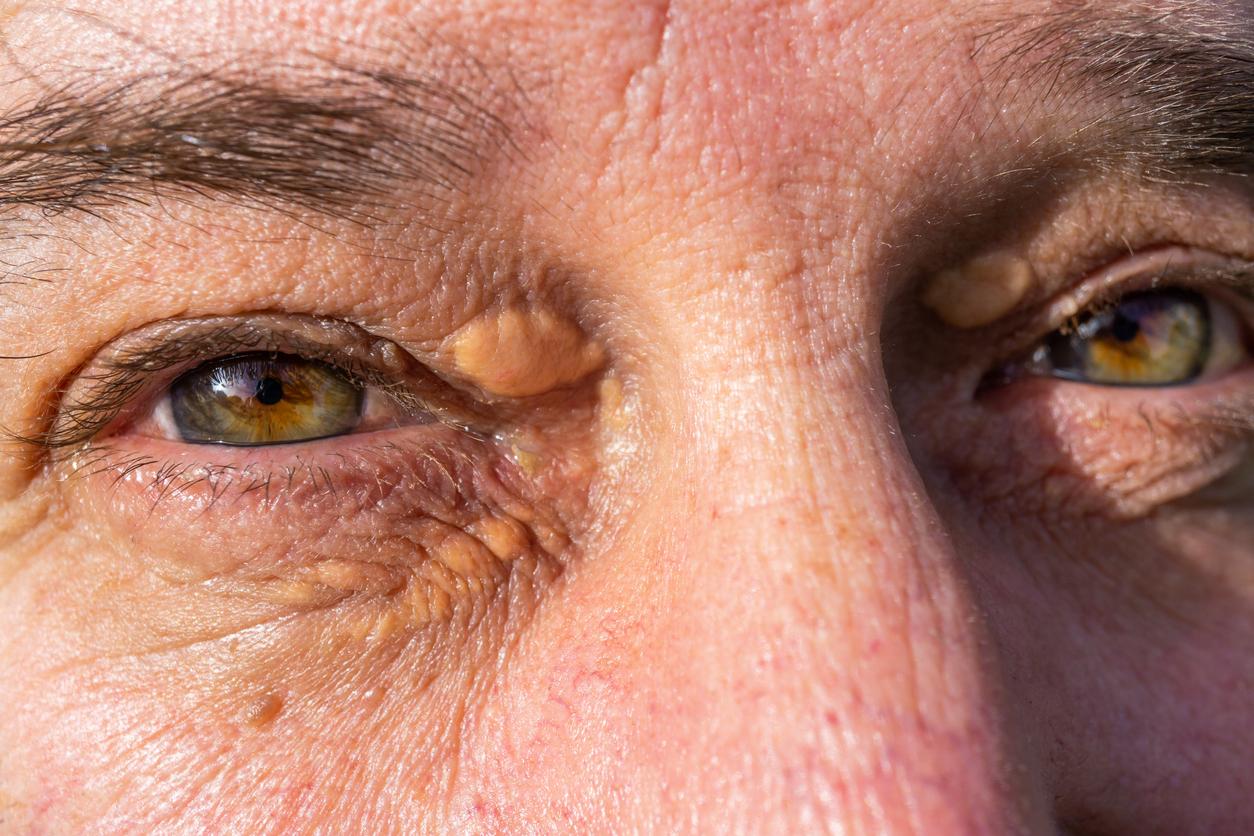With the heat wave announced by Météo France in the coming days, the call of the swimming pool may be felt. However, do not be fooled by appearances: the so specific smell of the swimming pool and the red eyes are not simply due to the chlorine it contains. Surprised to see that this is what 71% of swimmers think according to their survey, researchers from the American Center for Disease Control (CDC)) wanted to set the record straight.
Indeed, it is the contact of chlorine with urine which results in red and itchy eyes.
When these two substances meet, a third compound is created by chemical reaction, and this is what makes swimming pool water aggressive on the eyes. It is also this mixture of chlorine, urine and sweat that results in the smell so characteristic of swimming pools. Originally, chlorine and other disinfectants diluted in swimming pool water are intended to destroy the germs likely to develop there. But sometimes, it happens that certain germs in the urine are resistant to these products. In this case, the eye irritations and the strong odor are ultimately only small consequences. Certain diseases (such as gastroenteritis, skin irritations and respiratory problems) can thus appear following the absorption of contaminated water, a frequent case when children learn to swim in particular.
In view of these infectious risks, the CDC insisted on recalling the basic rules of hygiene and good conduct to guarantee clean swimming pools. Unsurprisingly, the CDC therefore advises against the swimming pool for people prone to diarrhea, reminds that a shower is mandatory before going swimming, that it is strongly not recommended to drink swimming pool water, and of course that it is strictly forbidden to urinate or defecate in the water. Advice that makes sense but that it is good to remember at the beginning of the summer period, so that parents pass the message to their young children.
Read also :
On vacation by a swimming pool: how to check safety?
Swimming pools: not that dirty …
Swimming pool: the cleanliness of the water affected by the lack of hygiene of the swimmers


















